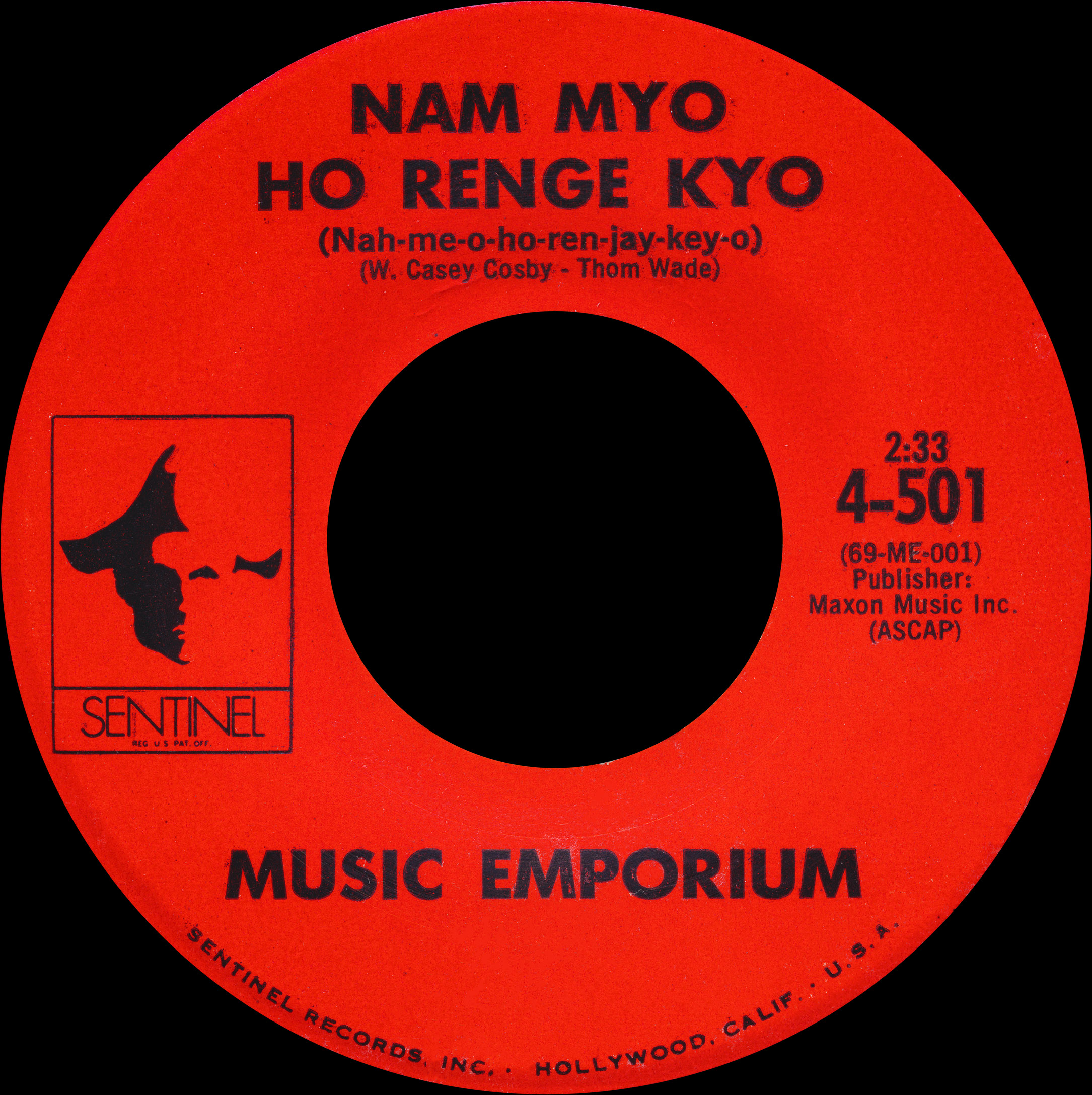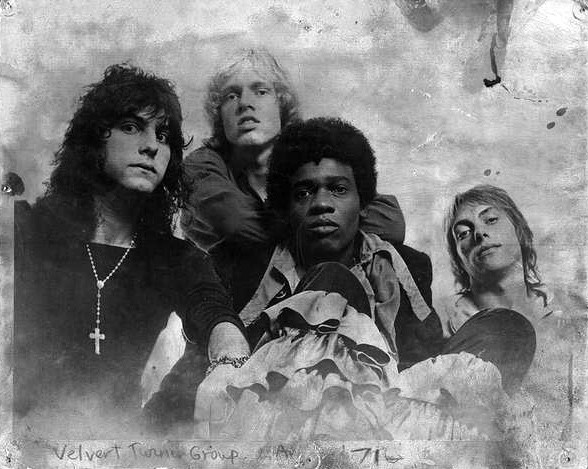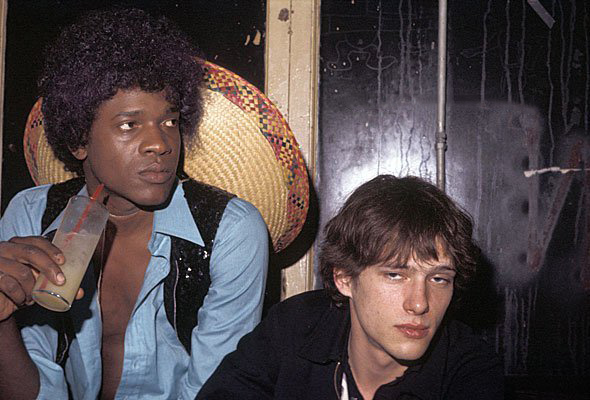Canned Heat - "Going Up The Country" b/w "One Kind Favor"
Liberty – 56077 (Discogs)
~ThePoodleBites rip at 96 kHz / 24 bit + full high-resolution scans!~
Canned Heat was one of my favorite bands as a teenager, and all these years later, they still top blues-based psychedelic rock 'n' roll in my ledger. Over the past year, I've been greedily collecting Canned Heat 45s in the pursuit of finding ideal copies to upgrade our digital archives. I present the first set of those upgrades here, with the unique, dedicated mono mix of the band's popular Woodstock anthem, backed with an equally dedicated mono mix of the fuzzed-out blues standard "One Kind Favor." Both tracks are of course essential listening for the genre, and should already be well-known by most readers here. These new masters also have better sound quality than any commercial digital release, making them essential for you to download right now.
 |
| Original American picture sleeve design for the 45 RPM single |
The amalgamation of 1920s acoustic blues standards with the freedom sound of 1960s psychedelia was a winning combination for many groups of this era, but amongst their widely varied competition, the Heat truly had something special. As with their first big hit ("On The Road Again"), their song "Going Up The Country" was sung by Alan "Blind Owl" Wilson in his characteristic falsetto style, giving it a feeling of freedom and of reckless youth that the lyrics depict so well.
While this legendary rural hippie anthem is credited on the label to
the same lead vocalist/guitarist, it pays tribute (in the
very least) to an old 1920s blues song called "Bull Doze Blues" by Henry
Thomas, and is basically a carbon copy of the melody and arrangement from that original tune. Wilson, however, tweaked Thomas' words in a small but significant way. Thomas' original opening verse gives the impression of a man parting ways, and leaving his love behind:
I'm going away, babe, and it won't be long
I'm going away, and it won't be long
I'm going away, and it won't be long
This idea was spun by Wilson in a more positive, outgoing light, better reflected by the song's upbeat tempo; where Thomas dismisses his "babe", Wilson invites his "baby" along:
I'm going up the country, baby don't you wanna go?
I'm going up the country, baby don't you wanna go?
I'm going to some place where I've never been before
This brilliant change creates an emotional mood which not only better matches the song musically, but resonated strongly with teenage Boomer listeners at the cusp of their independent adulthood. The song's later verses are mostly invented by Wilson following this lyrical theme, but nonetheless pay homage to similar blues roots:
I'm going, I'm going where the water tastes like wine
I'm going where the water tastes like wine
We can jump in the water, stay drunk all the time
which is undoubtedly a play on the legendary 1920s Charlie Poole bluegrass verse,
If the river was whiskey, and I was a duck
I'd dive to the bottom, and I'd never come up
Despite these tweaks being the work of genius, it is obviously a shame that the group did not take this opportunity to give due credit to their musical roots, I would guess choosing semantic and monetary considerations above all.
 |
| Rear design of the US picture sleeve, with biographical details of the five band members |
Though not nearly as popular as "Going Up The Country," the flip-side of this disc contains the excellent -- maybe even better, and certainly quite different -- fuzzed-out blues-rocker "One Kind Favor," which was also culled from the 'Living The Blues' LP. For this song, the band's regular vocalist Bob "The Bear" Hite (a nickname apparently originating from his large weight) belts out verses atop a heavy, pulsating blues rhythm. I suspect that people who only know the hits of the Heat will be surprised by this excellent B-side tune. The fuzz is truly monstrous: the searing chainsaw-like sound coming out of Sunflower's guitar sounds nothing like any church bell I've ever heard, despite what the Bear sings.
This B-side song was first recorded in the 1920s by Blind Lemon Johnson under the title "See That My Grave Is Kept Clean," though it apparently may date even earlier, to an Appalachian folk song called "Two White Horses in Line." The Heat -- perhaps not willing to push their luck -- credited it as traditional. [If there are any musicologists here, feel free to chime in on the proper origin tale for this tune!]
Both tunes on this disc appear to be dedicated mono mixes. "Going Up The Country" is significantly different from the stereo version, with much better balance for all instruments, making it far superior to the album mix (which was stereo only). Like the version on the album, this song opens with double-tracked flutes, with the fourth flute note held longer (for those with a musical education, he plays a half note). A different version of the song with alternate double-flute tracks has appeared on many compilations, where the fourth flute note is shorter (approximately an eighth note). This alternate version, best heard on an excellently-mastered compilation CD from 1989, has been credited as a single mix, but I haven't found any evidence of any 1960s discs having that version of the song, which to my knowledge only exists in stereo. Much like the hit A-side, "Favor" appears to be a dedicated mono mix, with a slightly louder guitar than the stereo LP, and a few seconds longer(!) outro, also making it preferable to the stereo version.
Surprisingly, neither of these mixes have appeared from the master tapes on any reissue. Magic Records (France) released some CD reissues with various mono single mixes as bonus tracks, but they are all heavily noise-reduced vinyl dubs. There were some (now quite expensive) Japanese mini-LP remasters released in 2017, but instead of remastering the mono 45s as bonus tracks, they opted to include the digitally compressed remixes of various outtakes originally included on the 1992 Uncanned! comp. So, nearly 60 years after their original issue, vinyl transfers of these mixes are still necessary for fans of psychedelic blues music.
American pressings on the Liberty label were often not much to
envy in the late 1960s. Though they were cut loud, they were often noisy and
suffered from substandard mastering, usually with a conservative treble
roll-off. The label's popular 45s were pressed by various third-party
facilities, mostly on styrene, which wore out quickly on hippie turntables and degenerated to the sounds of
distortion and groove wear. However, one or two pressing plants did
manufacture Canned Heat 45s on vinyl, with varying degrees of
success. In the case of this 45, the vinyl pressing was done quite well, and though there is some distortion from the cut, a careful, manually-done digital clean-up plus mono fold made it sound exactly like the master tape to these ears. I have compared this US mono 45 to pressings from France, Italy, Denmark, and the UK, and the US one is the best overall, with the cleanest and least muffled sound, as might be expected when cutting to vinyl from the 1st generation tapes. I therefore chose this edition for my restoration, and I think that it will prove impossible to upgrade, unless tapes are unveiled someday...
 |
| Alternate artwork for the Italian issue of this 45 |
Vinyl condition: Near Mint (NM) / Mint Minus (M-)
Dynamic range: DR 11
Track listing:
1) Going Up The Country -- 2:54
2) One Kind Favor -- 4:53
Equipment / Lineage:
– Audio-Technica VMN40ML stylus on AT150MLx dual moving-magnet cartridge
– Audio-Technica AT-LP1240-USB direct drive professional turntable (internal stock preamp/ADC removed)
– Pro-Ject Phono Box S2 Ultra preamp with dedicated Zero Zone linear power supply
– Focusrite Scarlett 6i6 MkII (96kHz / 24bit)
– Adobe Audition CC 2024 (recording)
– iZotope RX 11 audio editor (manual declicking, EQ subtraction, additional adjustments)
– Audacity 3.7.1 (fades between tracks, split tracks)
– Foobar2000 v2.1.5 (tagging, dynamic range analysis)
Thanks for taking the time to read my posts and check out
my blog. I'd greatly appreciate it if you leave a small comment below.
Notes from my readers are what inspire me to keep going. Thanks!
MEGA: https://mega.nz/folder/8gY0lQ4T#-XaWZjnzkzbSoXH_EqR4xw






























.jpg)
.jpg)








